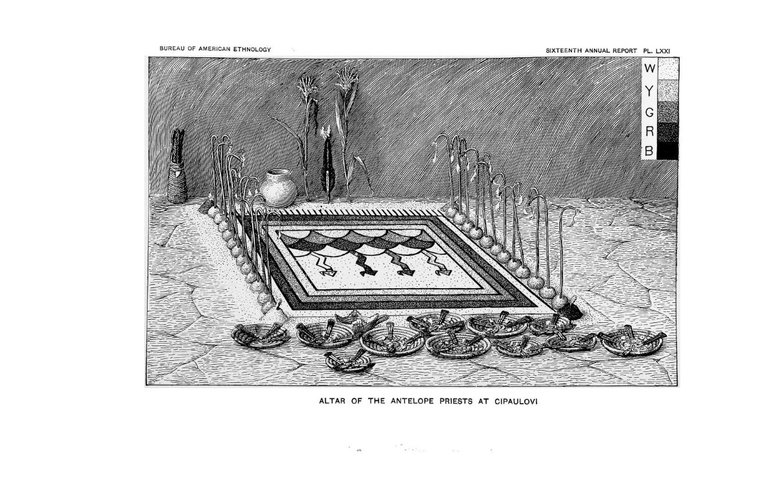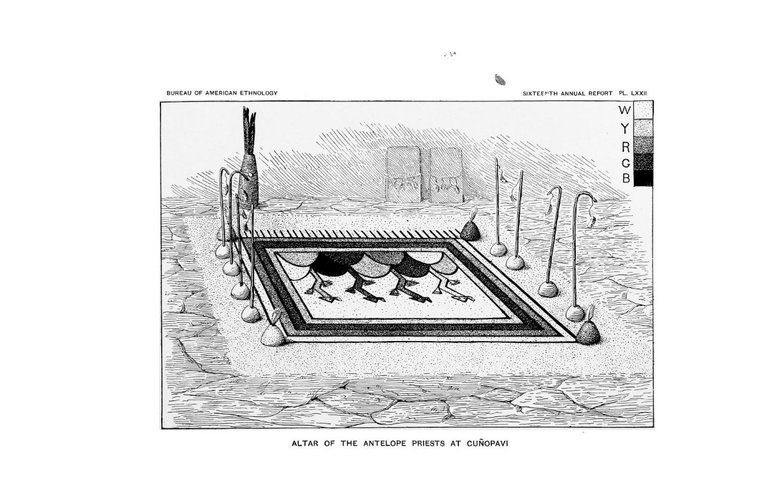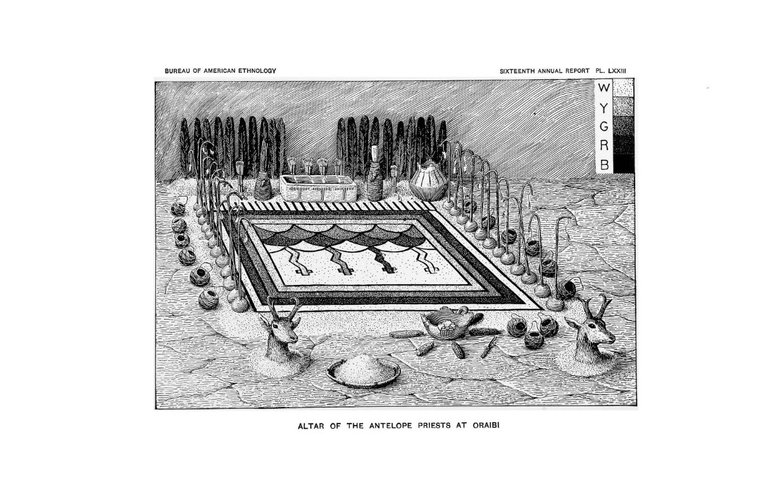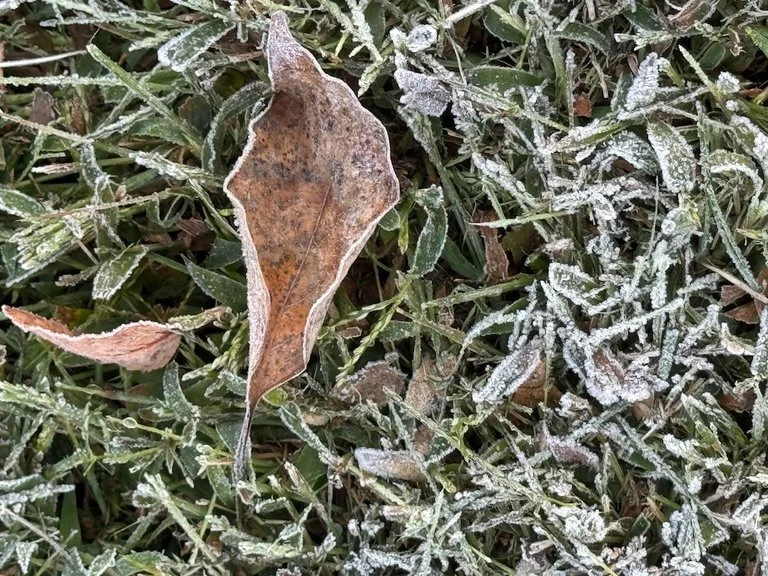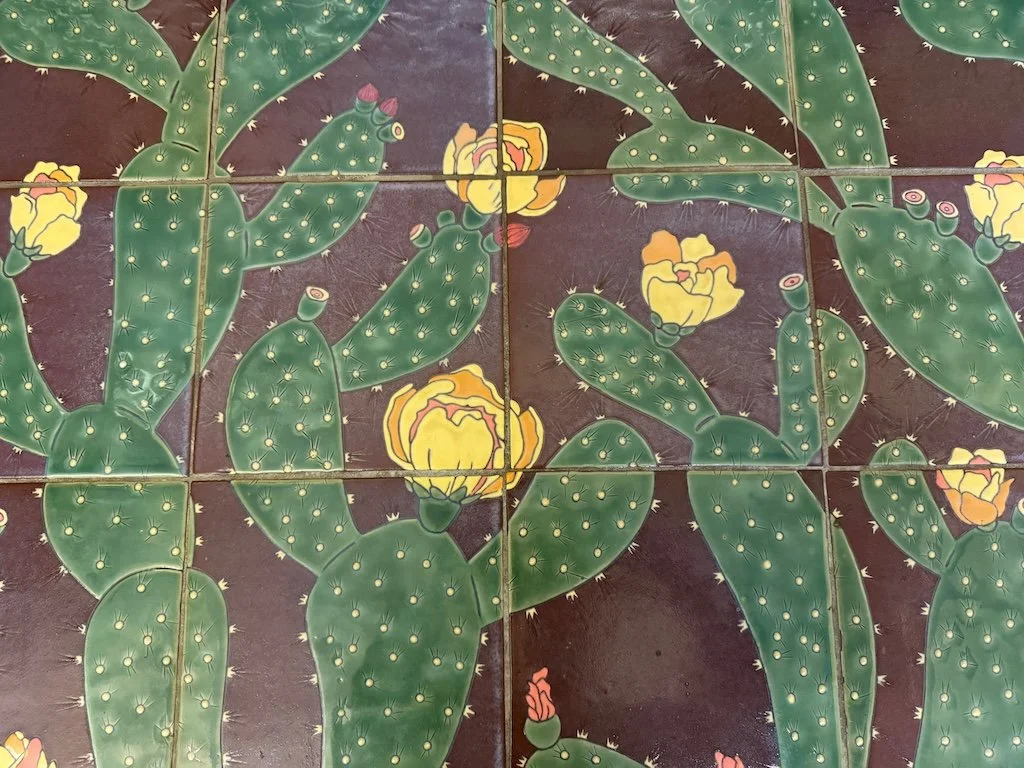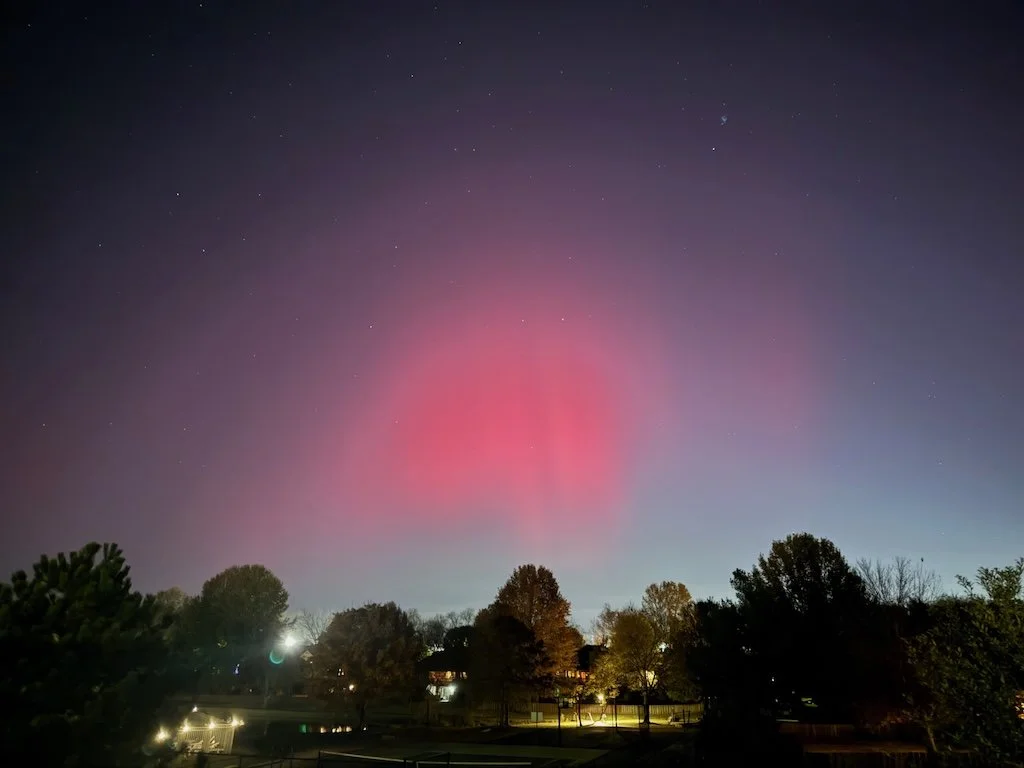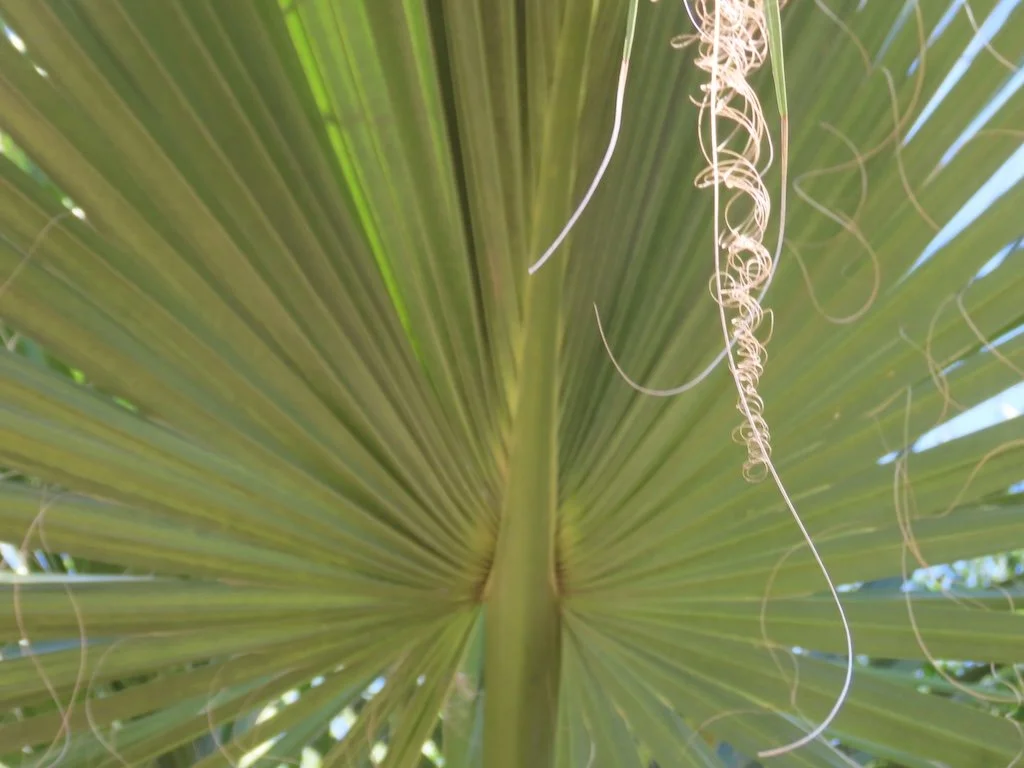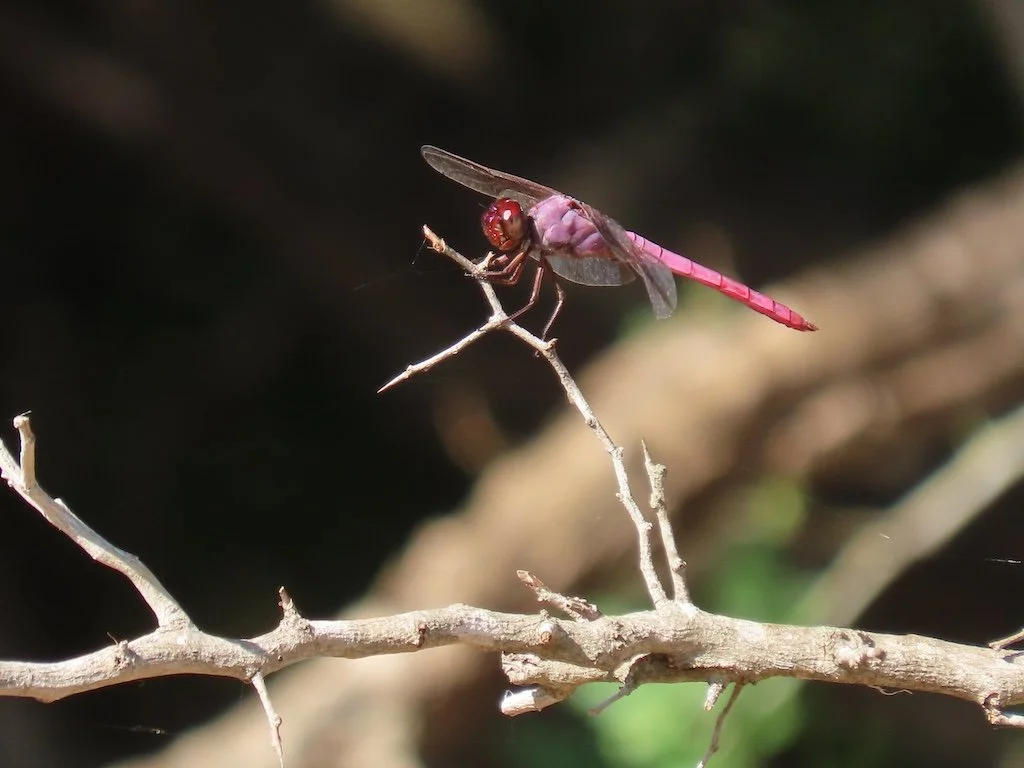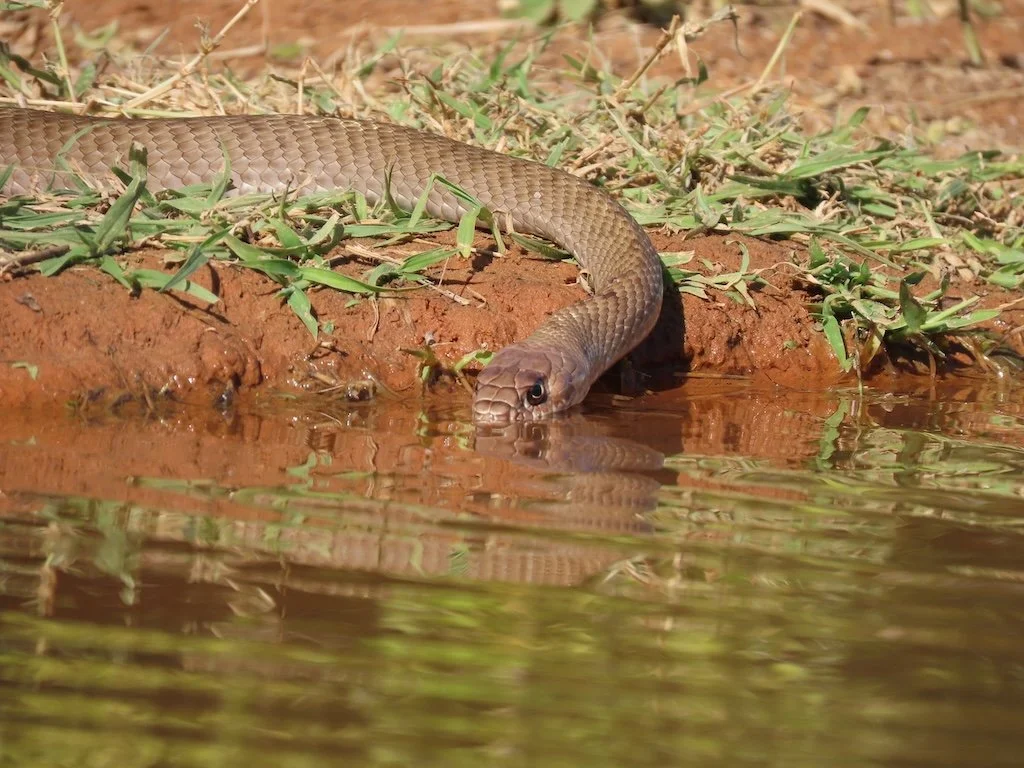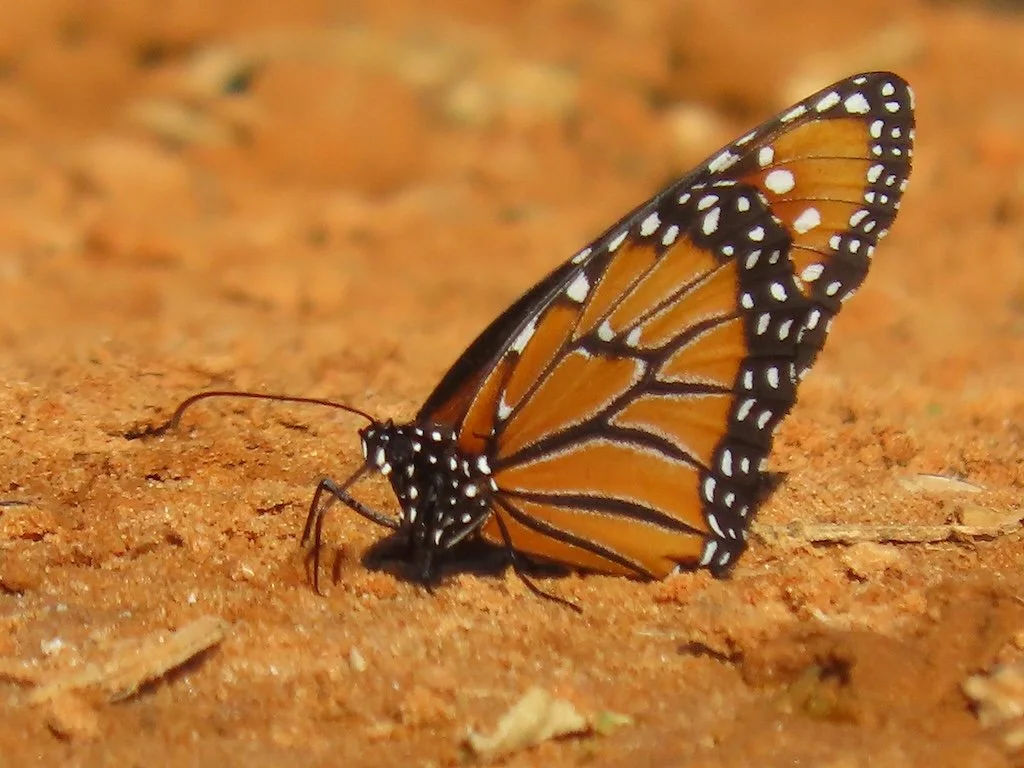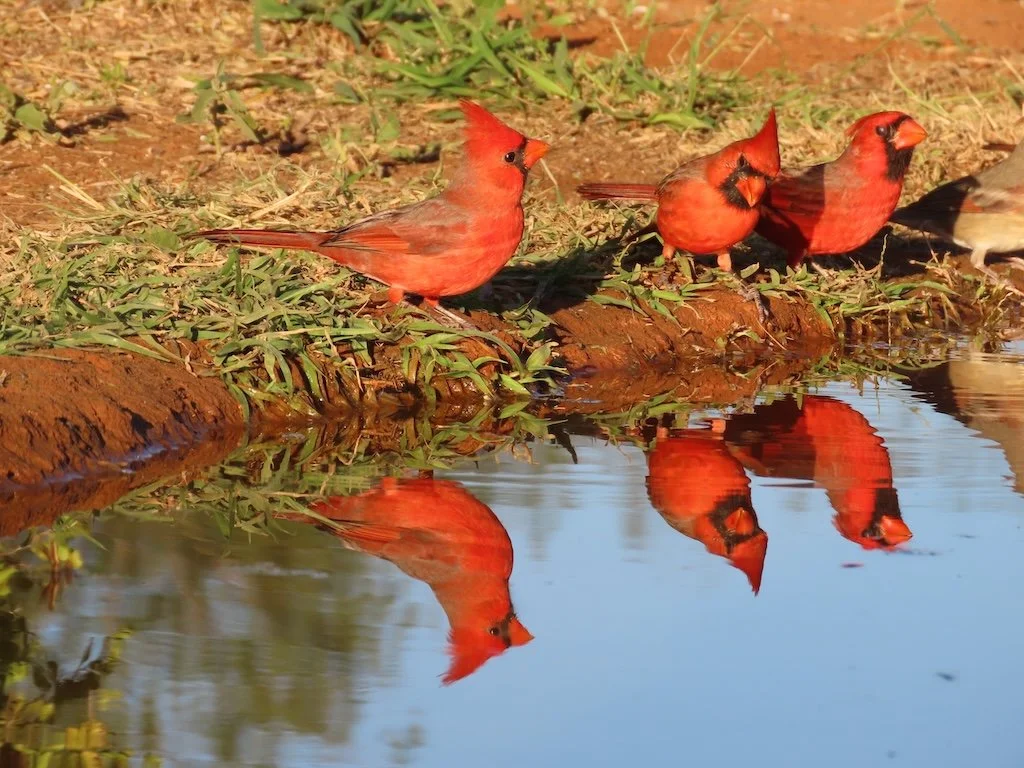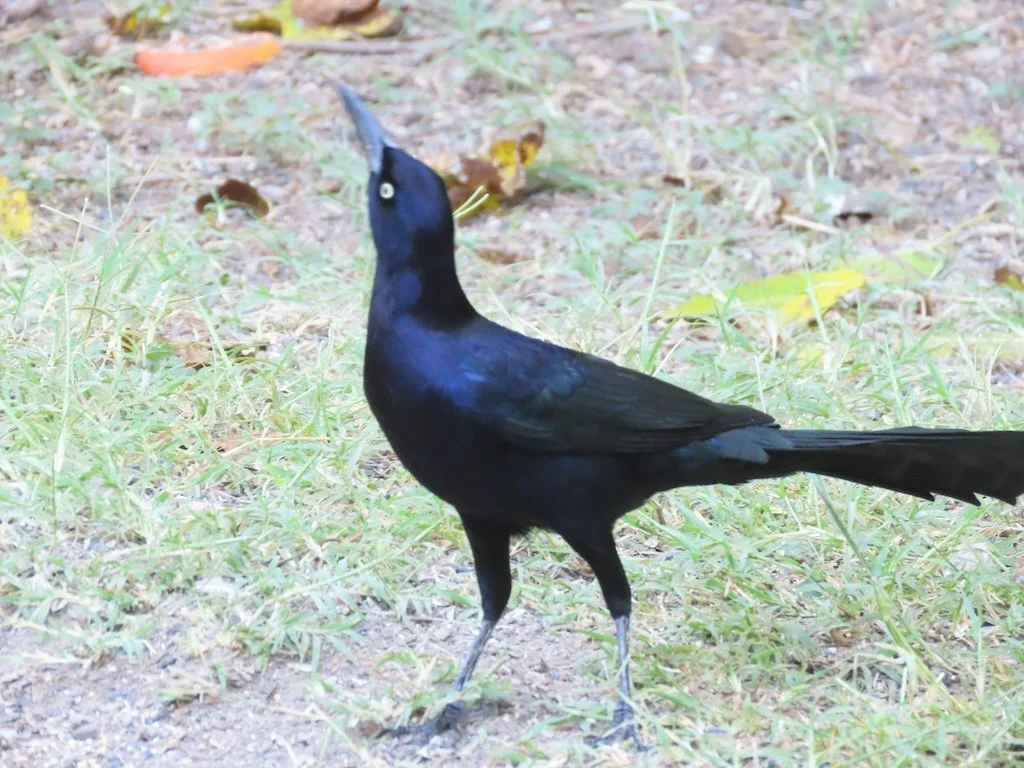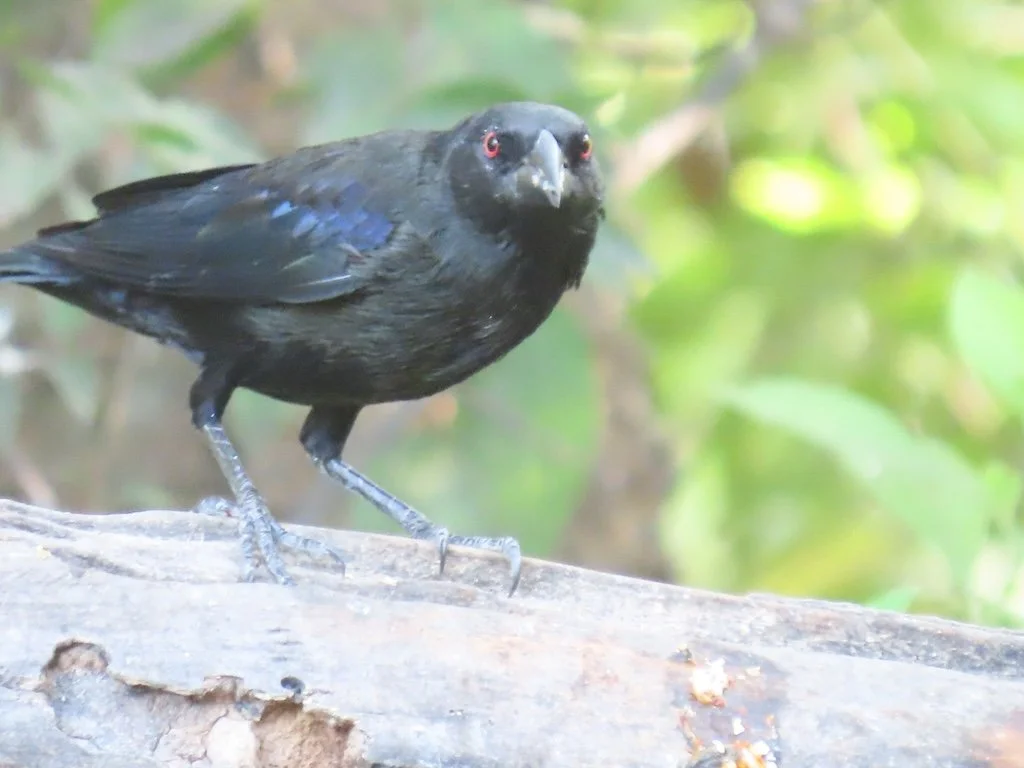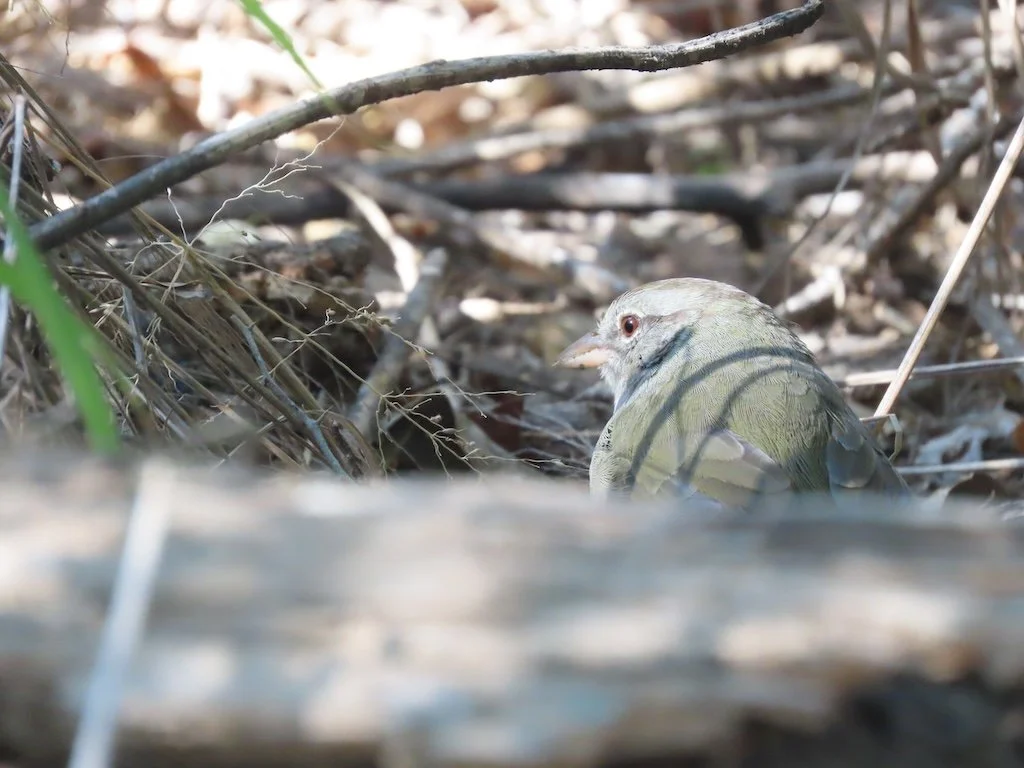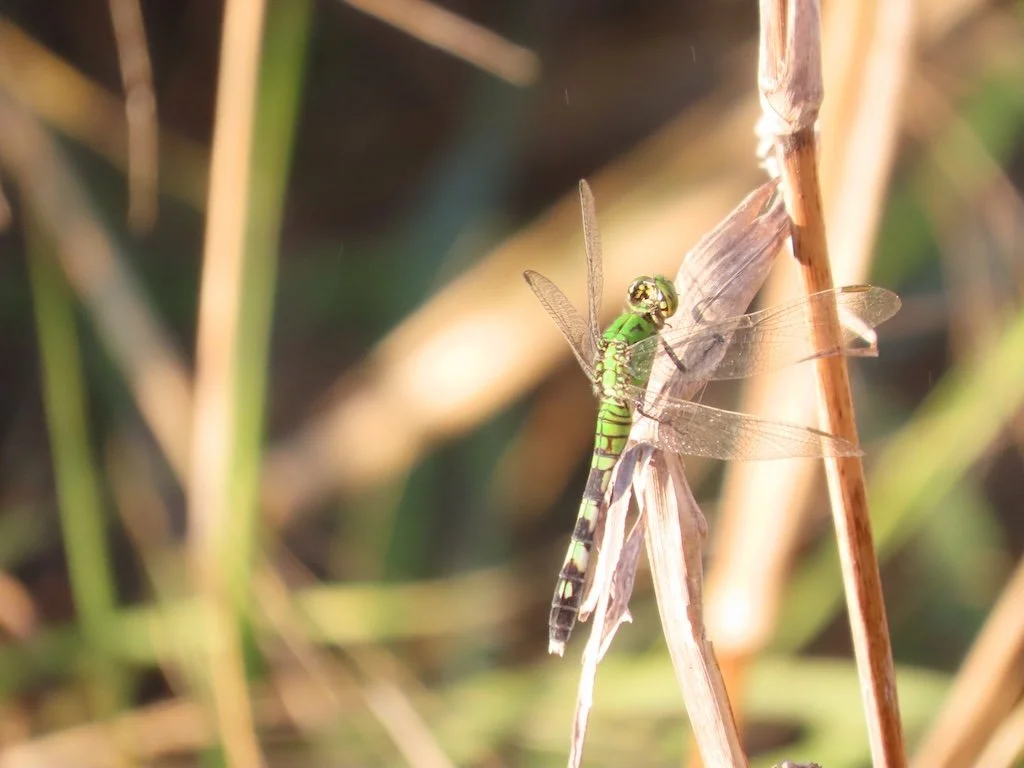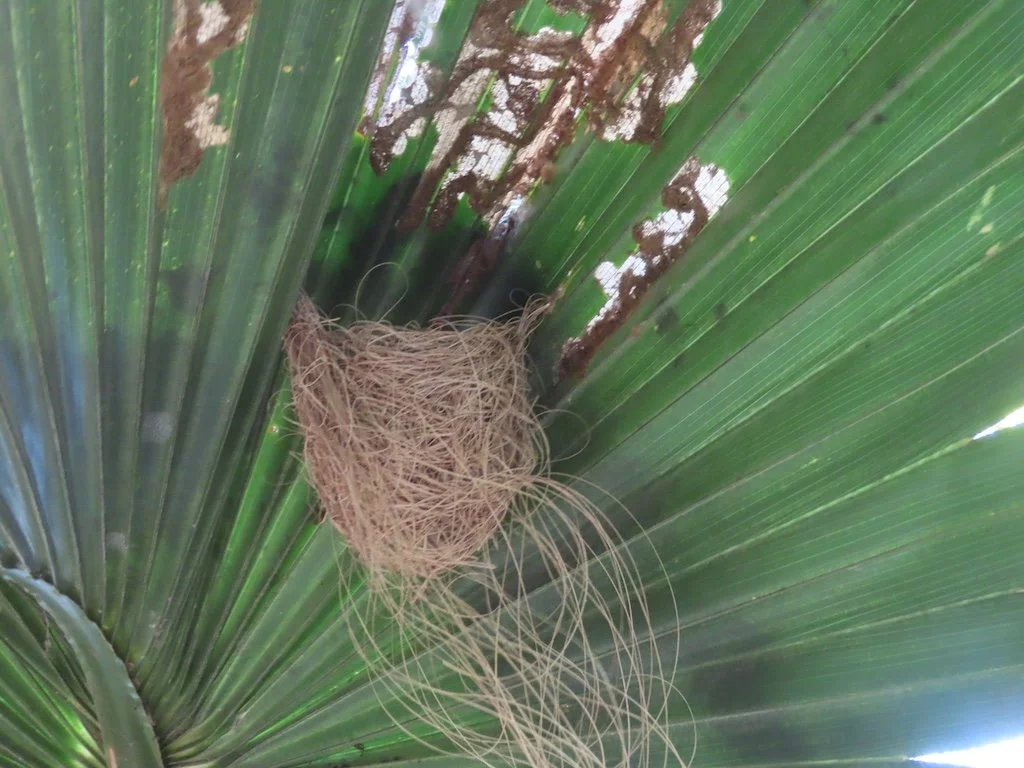Gleanings of the Week Ending July 19, 2025
/The items below were ‘the cream’ of the articles and websites I found this past week. Click on the light green text to look at the article.
Doctors say we’ve been misled about weight and health - Doctors' advice about healthy eating and physical activity is still relevant as it may result in better health. The main goal is to offer good care irrespective of weight, which means not caring less but rather discussing benefits, harms, and what is important to the patient.
Let’s Consider a Couple of Workable Solutions to the Plastic Crisis – The first is to reduce the reliance on plastic shopping bags. Research shows that plastic bags were much less frequently found in beach litter where communities had implemented plastic bag policies. The second is green roofs in cities. Green roofs were shown to be more than capable of intercepting microplastics — at the rate of 97.5% efficiency for trapping microplastics from atmospheric deposition…..and roof areas make up 40-50% of urban impermeable areas.
Melting Glaciers Will Lead to More Volcanic Eruptions – New research from the Chilean Patagonia. Glaciers tend to suppress the volume of eruptions from the volcanoes beneath them. But as glaciers retreat due to climate change, the findings suggest these volcanoes go on to erupt more frequently and more explosively. According to a 2020 study, 245 of the world’s active volcanoes are within three miles of ice.
A Partnership for a Healthier Appalachian Forest - The story of the southern Appalachians – and many forests across the United States – is one of widespread logging between the early 1900s and 1940s. That was followed by the “Smokey Bear era” of fire suppression. Now active management is the strategy including thinning, herbicide application and controlled burns.
The Vienna cemetery where endangered species and biodiversity thrive – 2.4 sq km (0.9 sq miles). The cemetery is home to European hamsters, Europea green toad, Alpine longhorn beetle, European ground squirrel, and Eurasian hoopee….and many other species.
Photos: Before-and-after satellite images show extent of Texas flooding destruction – It’s hard to fathom the scope of the destruction...and how fast the water rose in the darkness.
Florida Seniors Face Rising Homelessness Risk - Florida seniors make up a growing portion of the state’s unhoused population as the housing crisis continues. Cost of housing is increasing with institutional investors buying up land and insurance costs skyrocketing.
Researchers Unearth 3,500-Year Old Peruvian City with an Illustrious History - Probably a market hub, and that once connected Pacific coast communities with those in the Andes and Amazon thriving around the same time as early Middle Eastern and Asian civilizations. The urban center is known as Peñico and was founded between 1,800 and 1,500 B.C., experts said. It is near the location where the Caral civilization, said to be the oldest in the Americas first appeared 5,000 years ago. Following eight years of research, the experts classified as many as 18 structures including ceremonial temples and residential housing complexes. Sculptural reliefs and works showing the pututu, a conch shell trumpet can also be seen on some of the walls. Researchers also found clay sculptures of human and animal figures, as well as necklaces created with beads and seashells.
Emily Sargent’s Long-Hidden Watercolors Debut at the Met – John Singer Sargent’s younger sister watercolor paintings. They were lost for decades, until some of her relatives found a forgotten trunk in storage containing hundreds of her paintings.
Blast From the Past: Arizona’s Meteor Crater - Meteor Crater (also called Barringer Meteor Crater) is located between Flagstaff and Winslow on the Colorado Plateau as seen by the Operation Land Imager (OLI) on Landsat 8. I’ve seen it from the ground!



































